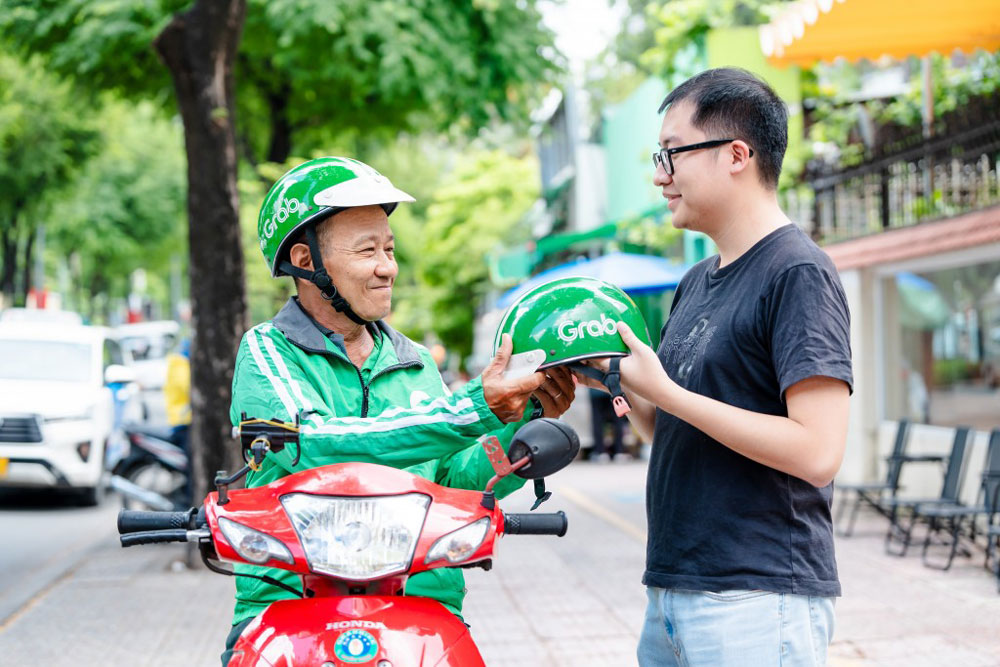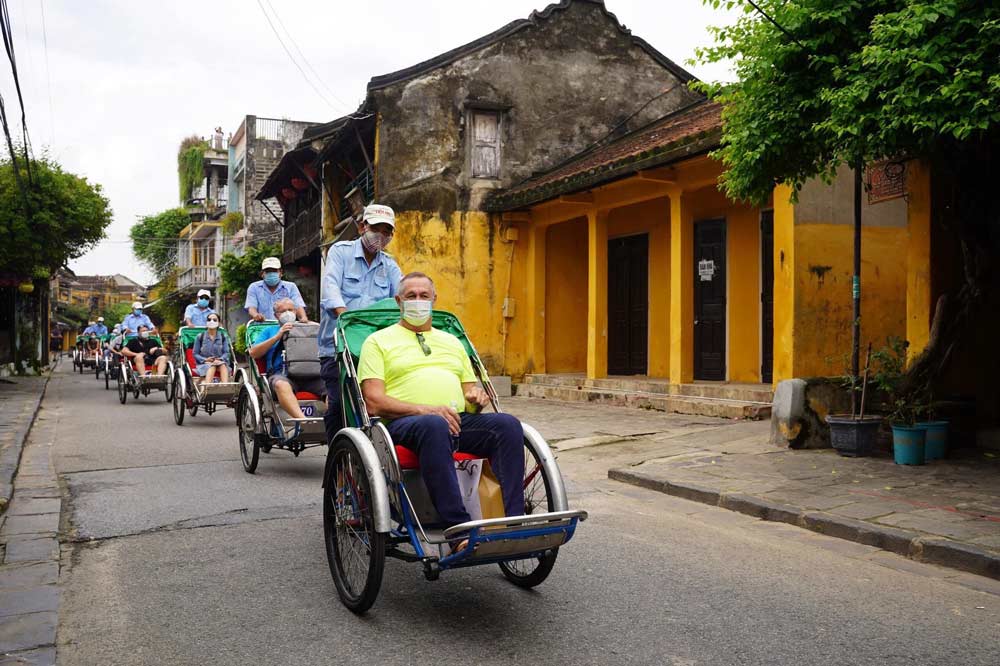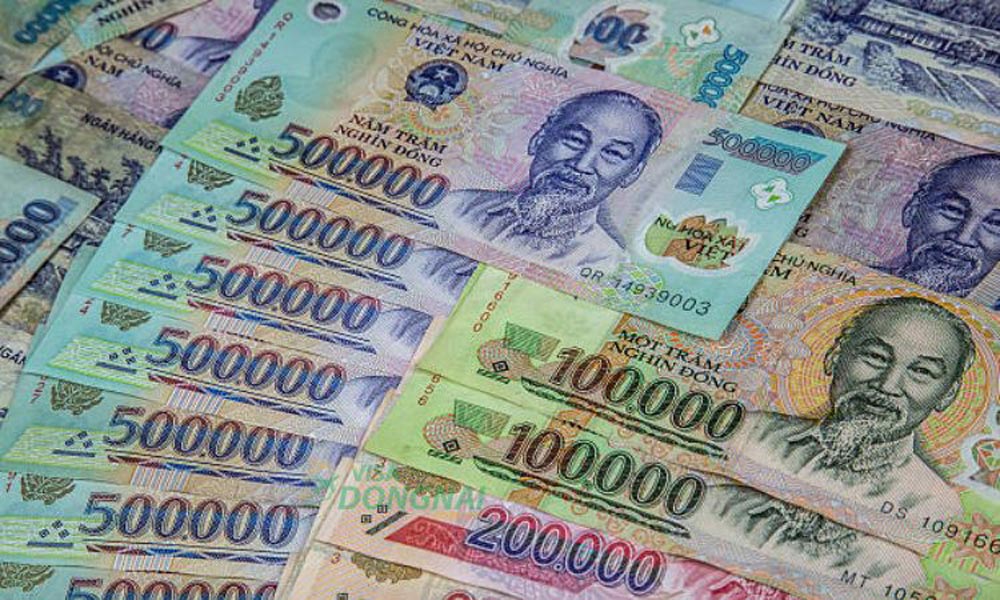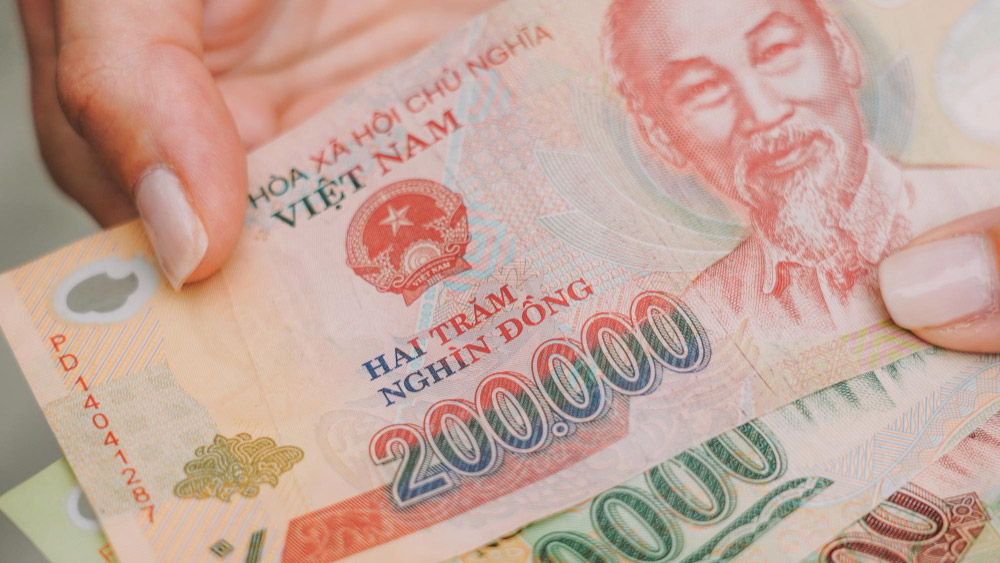Tipping in Vietnam can be a bit different from what travelers might be used to in Western countries. While it’s not always expected, a small tip is often appreciated as a gesture of gratitude. This guide will walk you through the tipping customs in Vietnam, offering advice for various situations—from restaurants and cafes to tour guides and hotel staff so you can show your appreciation the right way while respecting local norms.

In Vietnam, tipping holds a subtle yet meaningful place in the culture, serving as a way to express gratitude rather than an obligation. Unlike in many Western countries, where tips are often expected, tipping in Vietnam is more of a gesture—a small way to say “thank you” for exceptional service. While locals may not traditionally tip in everyday situations, they appreciate when visitors acknowledge their hard work with a little extra. It’s a sign of respect and acknowledgment that goes beyond the monetary value, reflecting the spirit of appreciation.
The practice of tipping can vary significantly between Vietnam's rural and urban areas. In larger cities like Hanoi and Ho Chi Minh City, where international tourism has made a substantial impact, tipping has become more common. In these urban centers, service staff in restaurants, cafes, and hotels may anticipate a small tip from foreign visitors. Meanwhile, in the more rural parts of the country, such as small towns or villages, tipping is less expected, and the gesture can often come as a pleasant surprise. In these areas, a small tip can make a bigger difference, and it’s seen as a kindhearted gesture that builds goodwill between locals and travelers.
The nature of tipping in Vietnam is also evolving as the country experiences economic growth and increasing numbers of international tourists. The influx of travelers has introduced new customs, making tipping a more familiar practice among service providers. This shift has also led to a better understanding of Western tipping practices in tourist hotspots, where staff are more accustomed to receiving tips from visitors. However, while tipping is becoming more widespread, it still retains a personal touch that reflects the unique charm of Vietnamese hospitality. By understanding the cultural context and adapting to the local way, visitors can navigate tipping in Vietnam with grace, showing appreciation while embracing the country’s evolving customs.

When dining out in Vietnam, the practice of tipping at restaurants and cafés is more flexible than in many Western countries. While tipping isn't a strict requirement, it has become more common in recent years, especially in larger cities and tourist-friendly areas. Generally, patrons tip as a gesture of gratitude for good service, rather than as a fixed rule. Whether you’re enjoying a leisurely coffee at a charming café in Hanoi or indulging in a fine-dining experience in Ho Chi Minh City, leaving a small tip can show your appreciation for the staff’s efforts.
As for how much to tip, it often depends on the level of service you receive and the overall size of your bill. In casual eateries or local cafés, rounding up the bill or leaving an extra 10,000 to 20,000 VND (around $0.50 to $1 USD) is a thoughtful way to acknowledge good service without going overboard. In mid-range or upscale restaurants, a tip of about 5-10% of the total bill is considered appropriate, especially if the staff went out of their way to make your meal special. However, if the service charge is already included in the bill, which is becoming more common in high-end establishments, additional tipping is not expected but still welcomed as a token of appreciation.
One unique aspect of dining out in Vietnam is the tradition of tipping in cash directly to the server rather than leaving it on the table. This approach ensures that the person who served you directly benefits from your generosity, which can be especially appreciated in smaller, family-run establishments. By understanding these simple guidelines, you can navigate the dining scene in Vietnam with ease, leaving a positive impression while enjoying the country’s delicious cuisine. Whether you decide to tip or not, your thoughtfulness will surely be appreciated, adding a warm note to your culinary adventures in Vietnam.

When it comes to transportation in Vietnam, tipping practices can vary depending on the type of service you use. For taxis and motorbike taxis, which are a popular and convenient way to get around, tipping isn’t strictly expected, but it’s always appreciated. If a driver offers excellent service, helps with luggage, or takes an especially scenic route, rounding up the fare or leaving an extra 10,000 to 20,000 VND (around $0.50 to $1 USD) can be a kind gesture. It’s a simple way to say thanks for the extra effort and to leave a positive impression.
For longer journeys, such as private car hires or transfers between cities, tipping is a bit more common, particularly if the driver is friendly and makes the trip more comfortable. In these cases, tipping around 50,000 to 100,000 VND (about $2 to $4 USD) can be suitable, depending on the length of the journey and the quality of service provided. However, for public transportation like buses, tipping is generally not expected, as fares are fixed and there is little personal interaction with the driver.
With the rise of ride-hailing apps like Grab and Gojek in Vietnam, the rules around tipping have evolved slightly. While the app allows for cashless payments, including a tip through the app isn't a common practice among locals. However, if you feel your driver went above and beyond—maybe they helped navigate through tricky traffic or waited patiently—you can consider giving a small cash tip directly. A few thousand VND can go a long way in showing your appreciation, even if it’s not required.
Understanding the nuances of tipping for transportation in Vietnam can make your travels smoother and more pleasant. It’s not always about the amount but the gesture, a little extra that can turn a regular ride into a positive experience for both you and the driver. Whether you’re hopping on a motorbike taxi for a quick ride or taking a scenic drive through the countryside, a small tip can make a big difference.

When it comes to services like spa treatments, haircuts, or guided tours in Vietnam, tipping is a thoughtful way to show your appreciation for the quality of service provided. While it’s not mandatory, leaving a small tip can make a big difference to those who work in these fields. For spa treatments—whether it’s a relaxing massage or a rejuvenating facial—tipping around 5-10% of the bill is often seen as a kind gesture, especially if you felt the service went above your expectations. A tip of 20,000 to 50,000 VND (about $1 to $2 USD) can go a long way toward showing your gratitude for a skilled massage therapist or attentive spa staff.
Hairdressers and barbers also appreciate a small tip for their work, particularly if they spend extra time ensuring that you get the perfect cut or style. For a typical haircut, a tip of around 20,000 to 50,000 VND is generally well-received, but feel free to add a bit more if you’re especially pleased with the results. It’s a simple way to recognize the effort and care that goes into their work, leaving both you and your stylist with a smile.
When it comes to tour guides, tipping becomes even more common, as they often go the extra mile to make sure you have a memorable experience. If a guide has shared fascinating stories, navigated you through bustling markets, or helped you discover hidden gems off the beaten path, a tip of around 100,000 to 200,000 VND (approximately $4 to $8 USD) per day is a nice gesture. For multi-day tours, you might consider tipping a little more, especially if they’ve made your trip smooth and enjoyable.
Each of these tipping practices reflects the spirit of appreciation in Vietnam, where a small amount can convey a lot of gratitude. While tipping customs can vary slightly between different regions and service types, the underlying principle remains the same: it’s all about acknowledging good service with a little extra. So whether you’re unwinding at a spa, getting a fresh haircut, or learning the local culture from a knowledgeable guide, remember that a small tip can add a personal touch to your travel experiences.

Tipping practices can vary slightly across different regions of Vietnam, influenced by local customs and the pace of tourism. While the general approach to tipping is similar throughout the country, understanding the nuances in popular tourist destinations like Hanoi, Ho Chi Minh City, and Hoi An can enhance your travel experience and ensure you leave a positive impression.
In the bustling capital of Hanoi, where traditional Vietnamese culture blends with modernity, tipping is more common in places that cater to tourists, such as high-end restaurants and luxury hotels. In these settings, leaving a tip of around 5-10% of your bill is appreciated, especially if the service is excellent. However, in more local spots, such as street food stalls or small eateries, tipping is less expected, though a small amount of change left behind can still be a nice gesture of thanks.
Down south in Ho Chi Minh City, the country’s largest metropolis, tipping is becoming more prevalent, particularly in the service industry. Here, you might find that even casual establishments, like trendy cafes and restaurants, are accustomed to receiving tips. It’s a city that moves fast, with a vibrant food and nightlife scene, and service staff often go the extra mile. Offering a small tip, like 20,000 to 50,000 VND (about $1 to $2 USD), at bars, coffee shops, or when using ride-hailing services can be a great way to show your appreciation for their efforts.
Meanwhile, in Hoi An, known for its charming lantern-lit streets and tailor shops, tipping is often welcomed with a warm smile. As a town heavily frequented by tourists, tipping has become more of a norm in many service settings. This is especially true when visiting the town's famous tailor shops, where you might want to leave a small gratuity if you are happy with the custom clothing or suits made for you. Additionally, leaving a tip for staff at your homestay or for a local guide who shares the rich history of Hoi An can add to the warmth of your visit.
Each region in Vietnam has its own vibe, and while tipping is not always obligatory, it is a way to show appreciation for good service. Whether you’re exploring the cultural depth of Hanoi, the dynamic energy of Ho Chi Minh City, or the quaint charm of Hoi An, a thoughtful tip can go a long way in enhancing your interactions and making your trip even more memorable.

When it comes to tipping in Vietnam, using the local currency—Vietnamese dong (VND)—is always the best approach. Most people, from restaurant staff to tour guides, appreciate receiving tips in the form they can easily use. While it may seem tempting to use foreign currency like US dollars, especially if you have some on hand, it’s not always the most practical option. Many locals find it challenging to exchange small amounts of foreign currency, so tipping in dong is considered more thoughtful and convenient for everyone.
That said, if you don’t have any VND on you, a small tip in US dollars might still be accepted, especially in tourist-heavy spots like Ho Chi Minh City or Hanoi. However, it’s better to offer bills in clean, undamaged condition, as they will be easier for locals to exchange. Keep in mind, though, that this gesture is more common in upscale hotels or when tipping guides and drivers on private tours.
When it comes to the actual tipping process, rounding up bills can be a simple yet appreciated practice. For example, if your meal comes to 180,000 VND, rounding up to 200,000 VND is a generous way to show your gratitude without overcomplicating things. Additionally, carrying smaller denominations, like 20,000 or 50,000 VND notes, can be useful for offering tips to service staff, such as bellhops or spa attendants. This approach ensures that your gesture is practical and warmly received.
Understanding these currency and tipping nuances can help you navigate Vietnam’s tipping etiquette with ease, making your interactions with locals smoother and more positive. It’s a small way to show appreciation for the services you receive, while also adapting to the local customs and expectations.

Navigating the tipping culture in Vietnam can be simple with a few general guidelines. Typically, the amount you tip depends on the quality of service you receive and the total bill. For instance, if you’re dining at a mid-range restaurant, a tip of around 5-10% of the bill is considered generous and appreciated. If you receive exceptional service, you might want to add a bit more, especially in more upscale venues. For smaller establishments or local eateries, rounding up the bill or leaving a few extra Vietnamese dong as a token of appreciation is usually enough.
However, it’s important to note that tipping isn’t always expected in Vietnam. In some situations, such as at street food stalls or small local cafes, it’s perfectly normal not to leave a tip, as these businesses usually don't anticipate extra gratuity. In these cases, a friendly smile and a “thank you” (or "cảm ơn" in Vietnamese) can go a long way in expressing your gratitude.
For other services, like tipping hotel staff, taxi drivers, or spa therapists, knowing common tipping amounts can help. For example, tipping a bellhop around 20,000 to 50,000 VND for assisting with luggage is a nice gesture. If you’ve had a great experience with a taxi driver, rounding up to the nearest 10,000 or 20,000 VND can show your appreciation. For a relaxing massage or spa treatment, leaving 50,000 to 100,000 VND is often suitable.
By following these guidelines, you can show your gratitude in a way that is both respectful and appropriate to local customs. Tipping in Vietnam is a way to connect with the culture while recognizing the service you receive, creating a more enjoyable experience for everyone involved.
Tipping in Vietnam offers a way to show appreciation for the services that make your journey memorable. While it may not be as ingrained in local culture as in some other destinations, a thoughtful tip is always welcomed and can enhance your interactions. With just a bit of knowledge about when and how much to tip, you can travel with confidence, knowing you are respecting local customs while expressing your gratitude.
If you’re looking for a seamless and personalized travel experience, consider exploring our Vietnam tour packages at Asia Mystika. With a focus on providing tailor-made experiences and expert local guides, we ensure that your journey is both enriching and hassle-free. Trustworthy service and great value for money are at the core of what we offer, making sure you enjoy Vietnam to the fullest—right down to understanding the little details, like tipping etiquette. Let us help you create a truly unforgettable trip.